Japan
May 2019
Tokyo. Hakone-Yumoto. Kyoto. Himeji. Hiroshima. Miyajima.
Japan
Feudal Japan captured my imagination way back in the 60s from the Japanese TV series The Samurai.
Made for Japanese television it was a huge hit in Oz as adolescent youths dressed in our pyjamas armed with plywood swords
and ninja stars cut from Milo tin lids jumped from garage roofs all over the country in imitation of our heroes Shintaro and his sidekick Tombei The Mist.
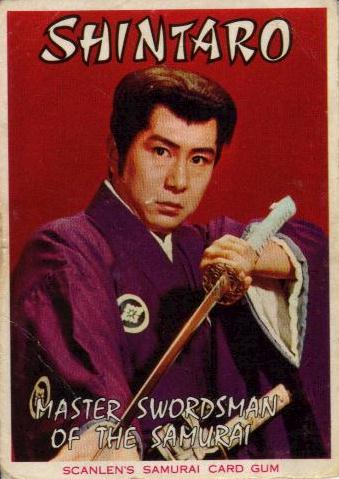 Socks with thongs, the man-bun, dressing gowns during the day - a whole new world of Japanese culture was exposed to a post-war generation who developed a perceptions of the country entirely at odds with those of our parents who'd experienced WW2.
Socks with thongs, the man-bun, dressing gowns during the day - a whole new world of Japanese culture was exposed to a post-war generation who developed a perceptions of the country entirely at odds with those of our parents who'd experienced WW2.
That old Japan of our adolescent imaginations can still be found in the historic precincts, but it has to be sought out, swallowed as it is by
the massive urbanisation that sprawls along southern Honshu from Tokyo through to Hiroshima at the other end of our visit.
Tokyo to Hiroshima is roughly 800kms - similar to the distance between Sydney and Melbourne. Imagine that whole journey
where all that can be seen are high-rise apartments, houses squeezed together like lego bricks mixed in with ubiquitous
industries with no open spaces and interrupted only occasionally with small villages in remnants of what once would've
been farms and forests now all but smothered in concrete. If this is the vision that the proponents of a "big Australia"
have for us then I want no part of it.
Modern Japan is clean and functional and the Japanese are polite and helpful but it's a massive ant colony. The carefully maintained and managed heritage areas certainly justify a visit - the admirable
artistry and craftsmanship of the old wood and stone temples, shrines, fortresses and palaces and groomed gardens are distinctly
Japanese and a trip back in time to a greener, pre-industrial Japan of enviable creativity when Shintaro and Iga ninjas
roamed the countryside.
Photos
Tokyo
Welcome to Japan - with first impressions formed from the train system; or systems to be more accurate. Tokyo's
13 subway lines are operated by two companies, our JR pass allowing unlimited use on JR metro lines and the
futuristic, high-speed Shinkansen intercity trains for roughly $700 each for 2 weeks inclusive of some ferry trips. Not cheap, but reasonable
value given the coverage and quality. Metro/underground trains are similar to the the London Tube - designed for fast loading and
unloading of massed commuters. Their 16 carriage trains are frequent and spotlessly clean inside and out as per expectations but the running
dead on time applies to the Shinkansen - the subway trains were mostly within minutes but with occasional delays.
Another myth is the Japanese embrace of all things technology. Cardboard tickets are still commonly used; and with no common use of tickets across different train companies.
The squeezy peak hours are reality - noting one bloke who launched himself backwards in starfish configuration at a
sardine-packed carriage as the doors closed on his nose. But then the following train was half-empty.
Tokyo's trains are a tangle of multiple lines and multiple companies operating on shared stations that could be
reasonably described as Wynyard Station style infrastructure disguised at concourse level by wall-to-wall retail outlets.
Warrens of access/exit points require a map and helpful station staff to negotiate successfully.
Eateries populate the Shinjuku district where Japenese options dominate but each one has its unique style -
from a raw chicken speciality outlet, izakaya, yakiniku to traditional tiny outlets of a dozen or so stools lining the counter.
Kabukicho is an entertainment and red-light district in Shinjuku wherein we located ourselves at the Citadines Central hotel and
our first experience with over-the-top Japanese facilities. Upon my initial test run of the bog I pushed one of the buttons on
the commode's armrest whereupon a hidden nozzle emerged from beneath the rim and arced a stream of water across the bathroom
and out the door onto the hallway carpet. Later upon addressing a nocturnal call of nature I stumbled across the pitchblack room to
fumble along a panel of very many light switches seeking the one for bathroom illumination. Such experimentation turned on, in sequence, the
entire room lighting, thence to the under-furniture lights, bedside lights and, I'm certain, additional street lights then also came on before at last
I found the correct one at which time my pupils had dilated to pin holes and a slight buzz had developed in my ears.
The Japanese apply their own touches to Western culture including strawberry & cream sandwiches, the ubiquitous, doe-eyed manga, J-Pop boy bands advertised on the sides
of circulating trucks, and lolita, harajuku and kawaii fashion that to my mind is a pleasing divergence from the conformist, suited hordes of salarymen.
Hakone-Yumoto
One of Japan's most popular hot spring resorts for centuries, more than a dozen springs provide water to
the many bath houses and ryokan in the region. It's close to Tokyo and Mount Fuji so it's popular - we were there out of
season to avoid the crowds (relatively speaking - this is Japan after all). A pleasant, treed mountainside removed from the
nearby hustle and bustle.
Kyoto
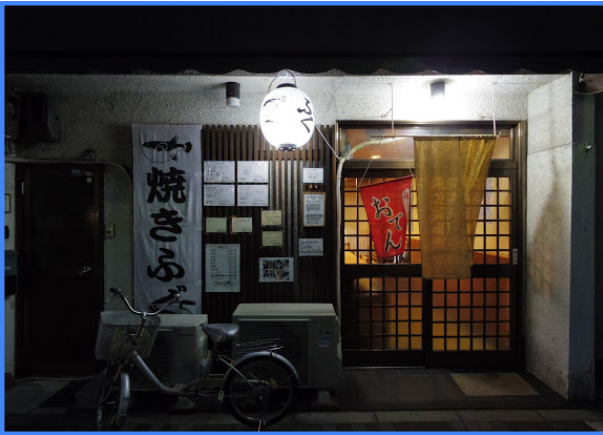 Another large metropolis that was once the capital of Japan and our base from which to explore historic temples and gardens.
Apart from such monuments a good discovery was Izakaya, a tiny, back street restaurant of 6 stools lined along a counter wherein
we indulged in raw fish, sake and Asahi. A genuine local eatery where no English was spoken nor was needed. I really wanted
to try a place like this during our only visit ever to Japan and this fitted the bill.
Another large metropolis that was once the capital of Japan and our base from which to explore historic temples and gardens.
Apart from such monuments a good discovery was Izakaya, a tiny, back street restaurant of 6 stools lined along a counter wherein
we indulged in raw fish, sake and Asahi. A genuine local eatery where no English was spoken nor was needed. I really wanted
to try a place like this during our only visit ever to Japan and this fitted the bill.
Sake etiquette: sake can be served chilled, room temp or hot. Hot sake is a winter drink but is used also for the cheap stuff to
help disguise the taste. The good stuff is never heated. Sake's an acquired taste and in the interests of cultural awareness it's
one I had many a shot at (pun intended).
Hiroshima
It's all about the A bomb. Hiroshima Peace Park, the
Atomic Bomb Dome
and the Memorial Museum are mandatory and
very sobering. A small plynth in a quiet back street marks the epicentre of the blast - about 1.5k's away from the childhood house of
bomb survivor Katsutoshi Noda (aka Victor) who for the price of his bus fare and lunch escorted us around the highlights
of Hiroshima including the Edo-era
Shukkeien garden and the re-built
Hiroshima Castle.
Hiroshima has recovered well - seemingly a most livable of Japanese cities with greenery, broad streets, surrounding hills
and, in Japanese terms, a feeling of space.
Miyajima

The
Island Of The Gods
on Hiroshima Bay it's a largely unspoiled place to spend a pleasant day along the waterfront,
sticky-beaking up the few backstreets and venturing up pathways between the trees on the mountainside with wild deer strolling unconcerned
amongst the tourists or lolling about in the sunshine. Best day of the whole trip.
 Socks with thongs, the man-bun, dressing gowns during the day - a whole new world of Japanese culture was exposed to a post-war generation who developed a perceptions of the country entirely at odds with those of our parents who'd experienced WW2.
Socks with thongs, the man-bun, dressing gowns during the day - a whole new world of Japanese culture was exposed to a post-war generation who developed a perceptions of the country entirely at odds with those of our parents who'd experienced WW2.



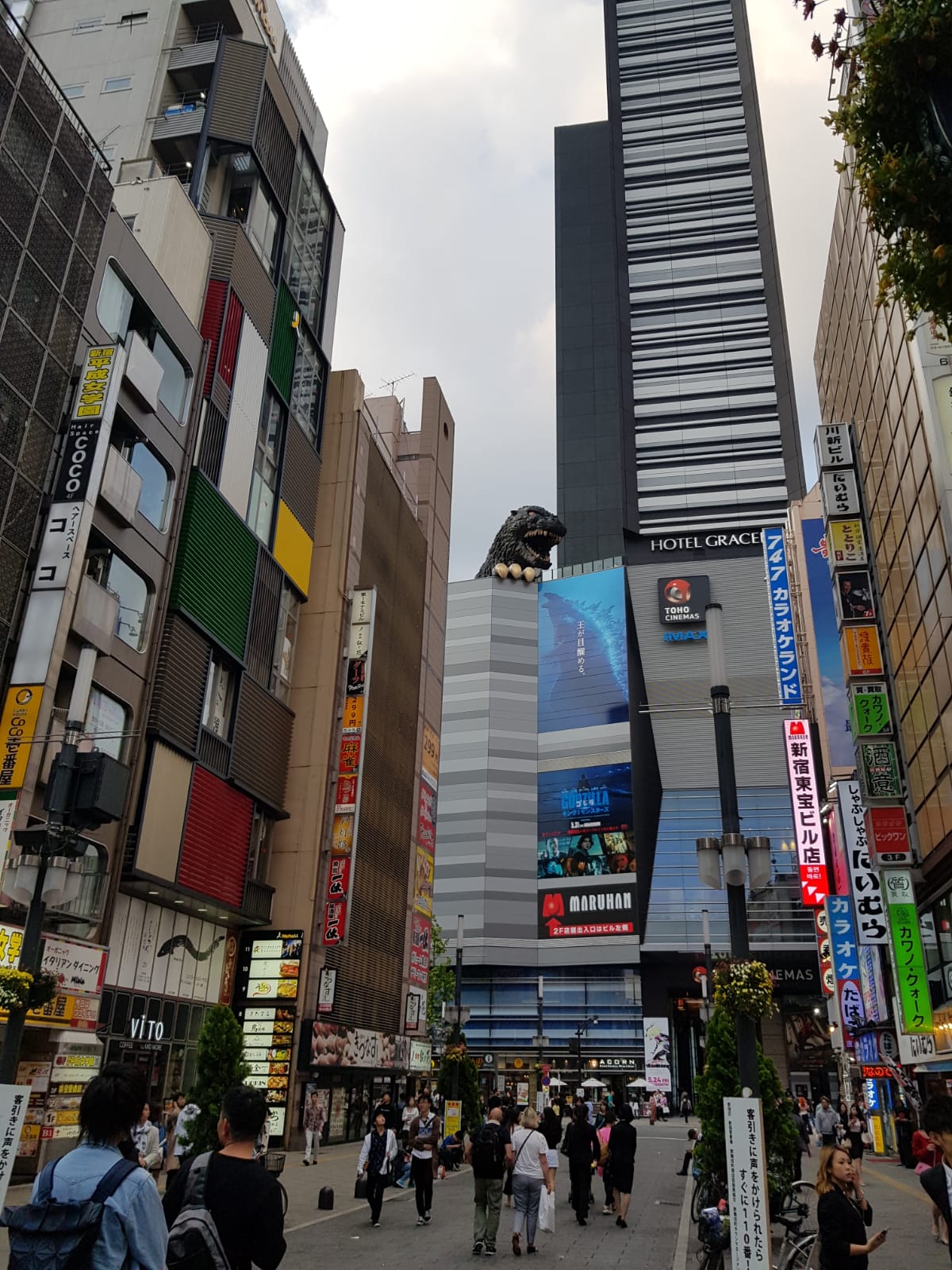















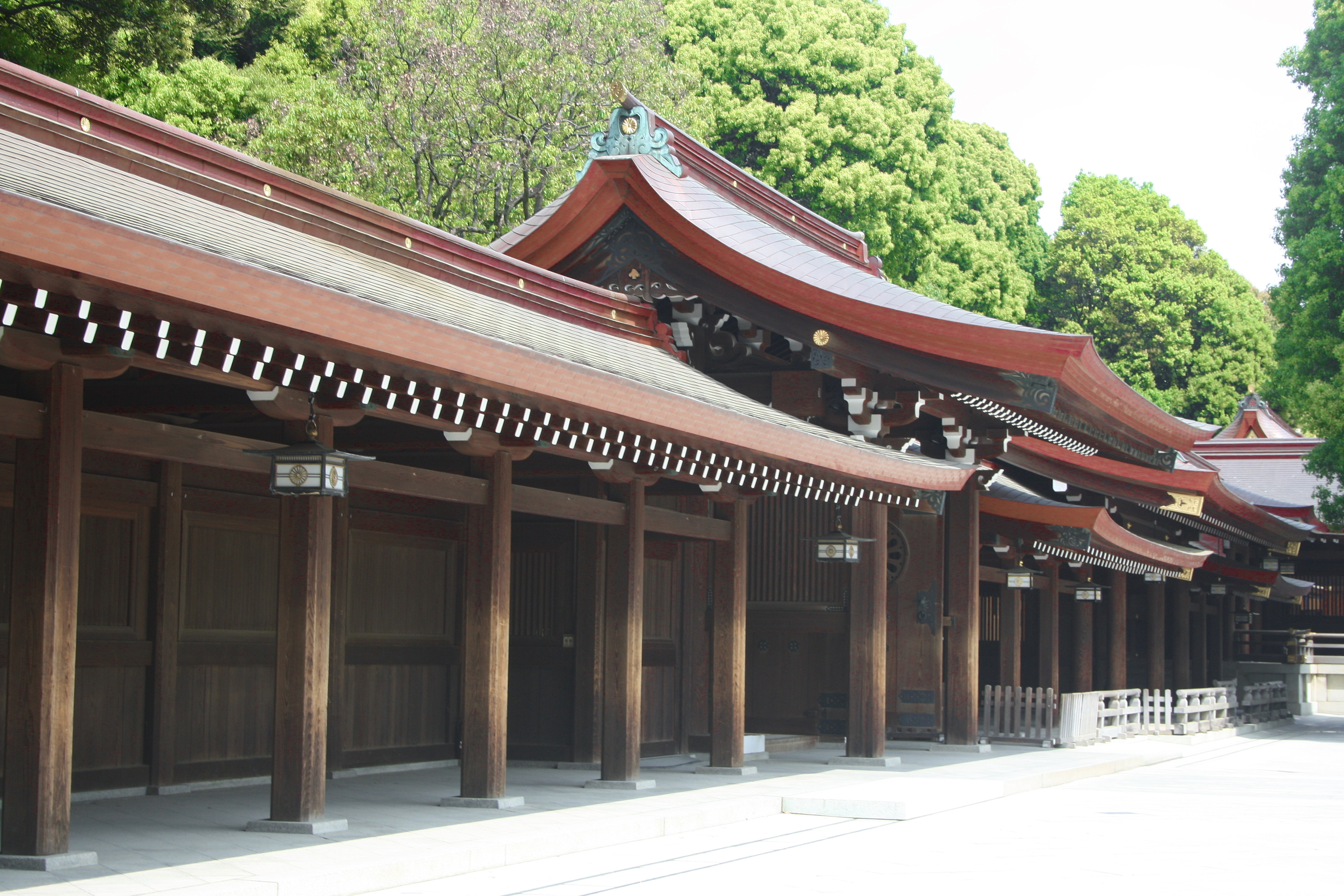


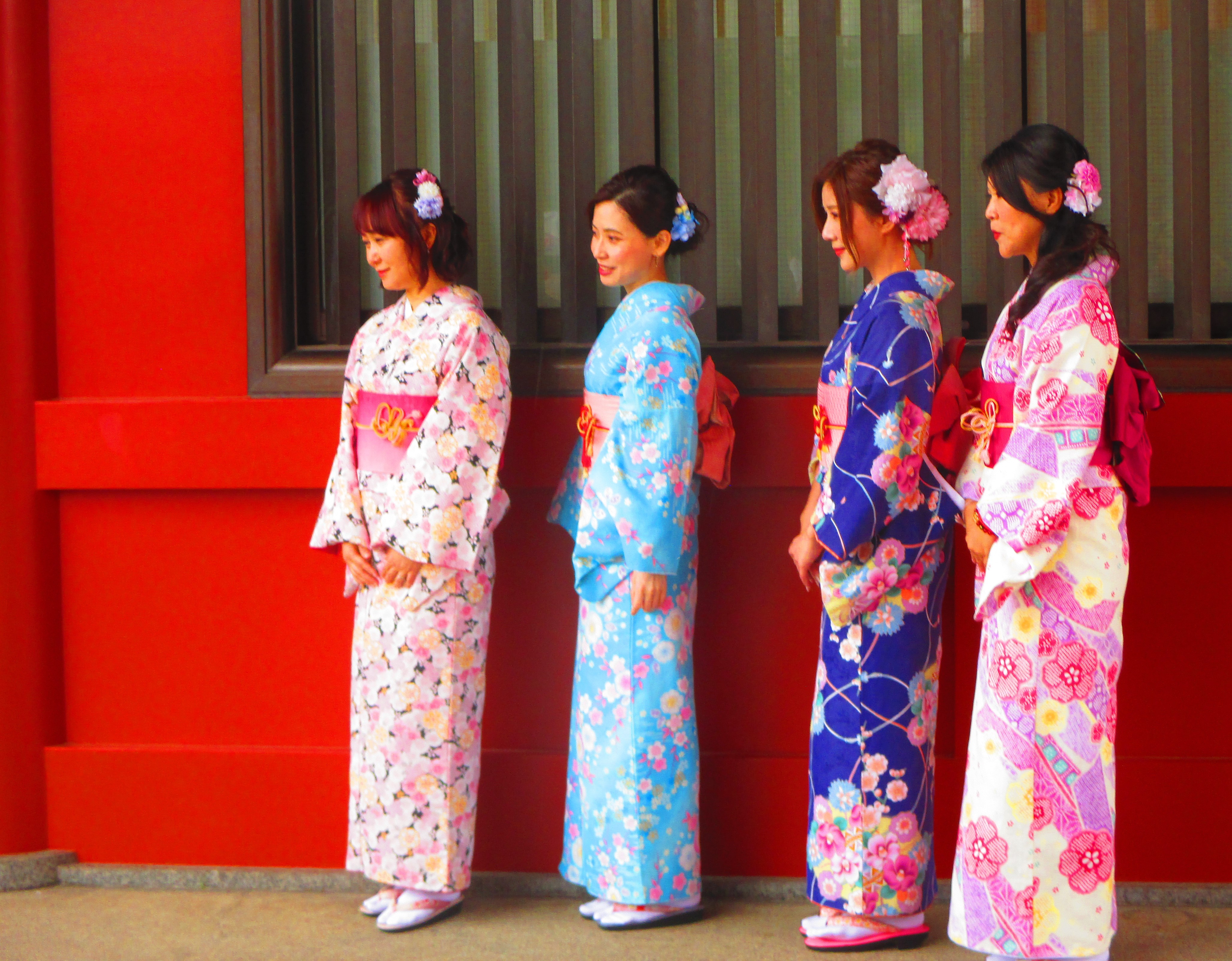
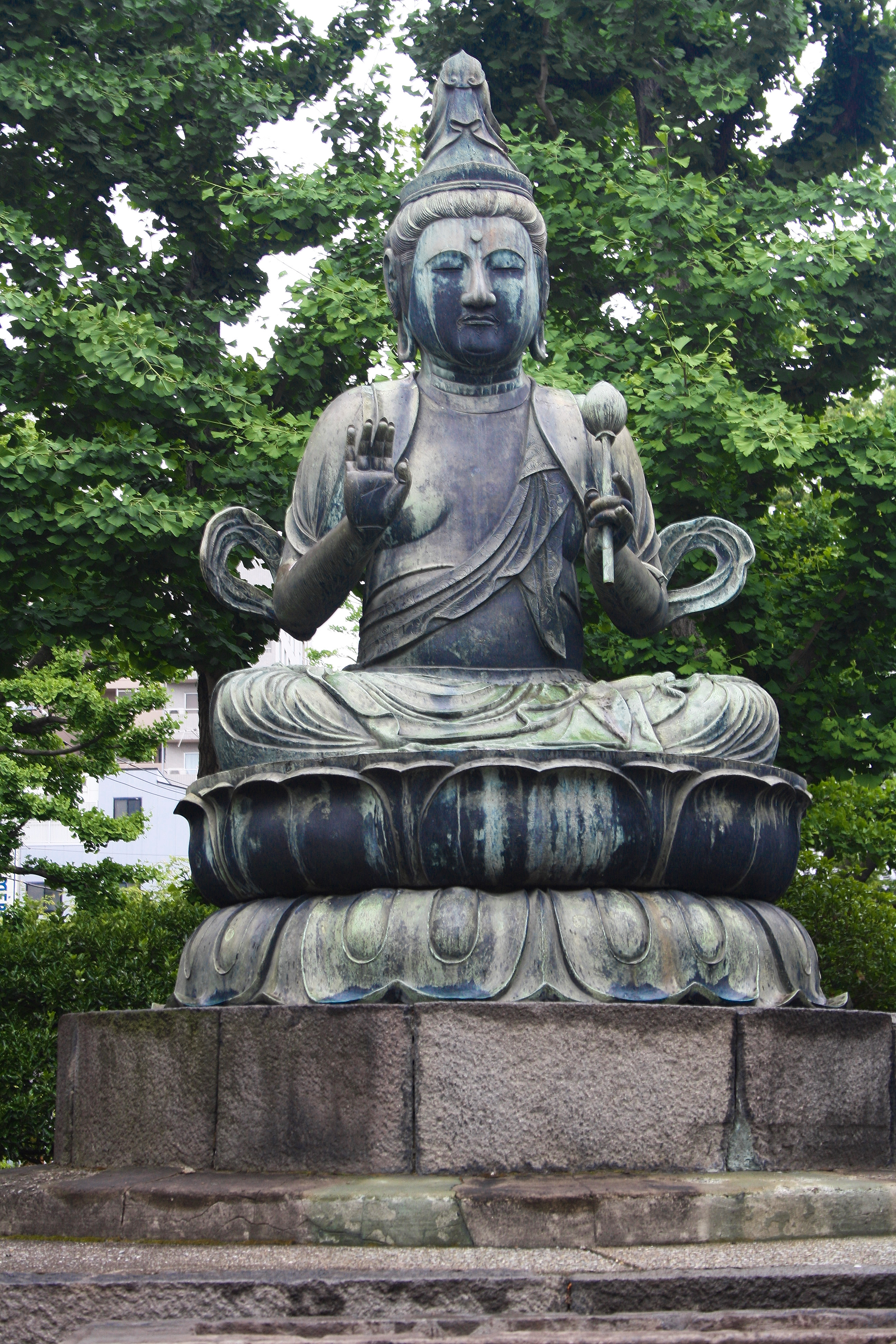
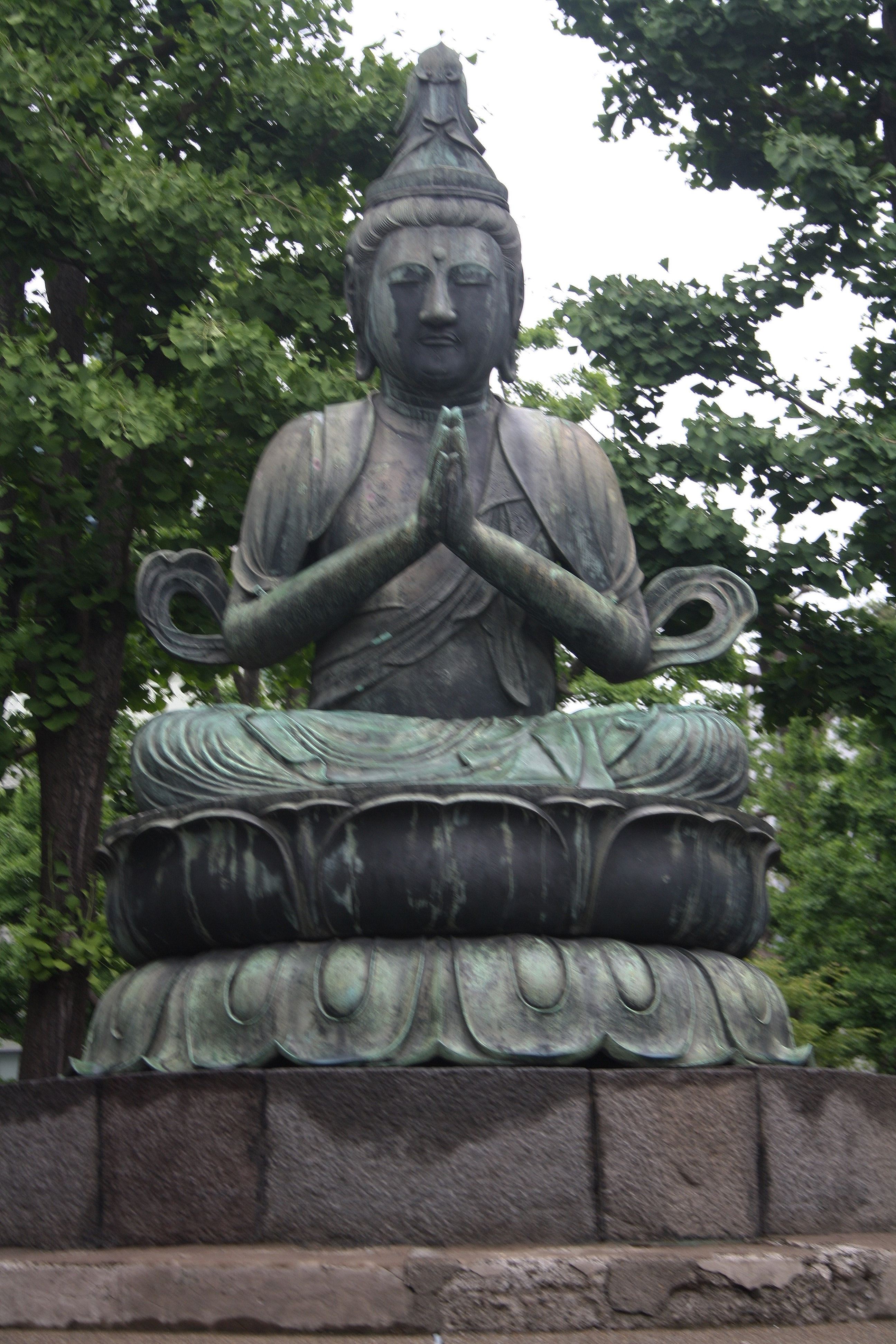








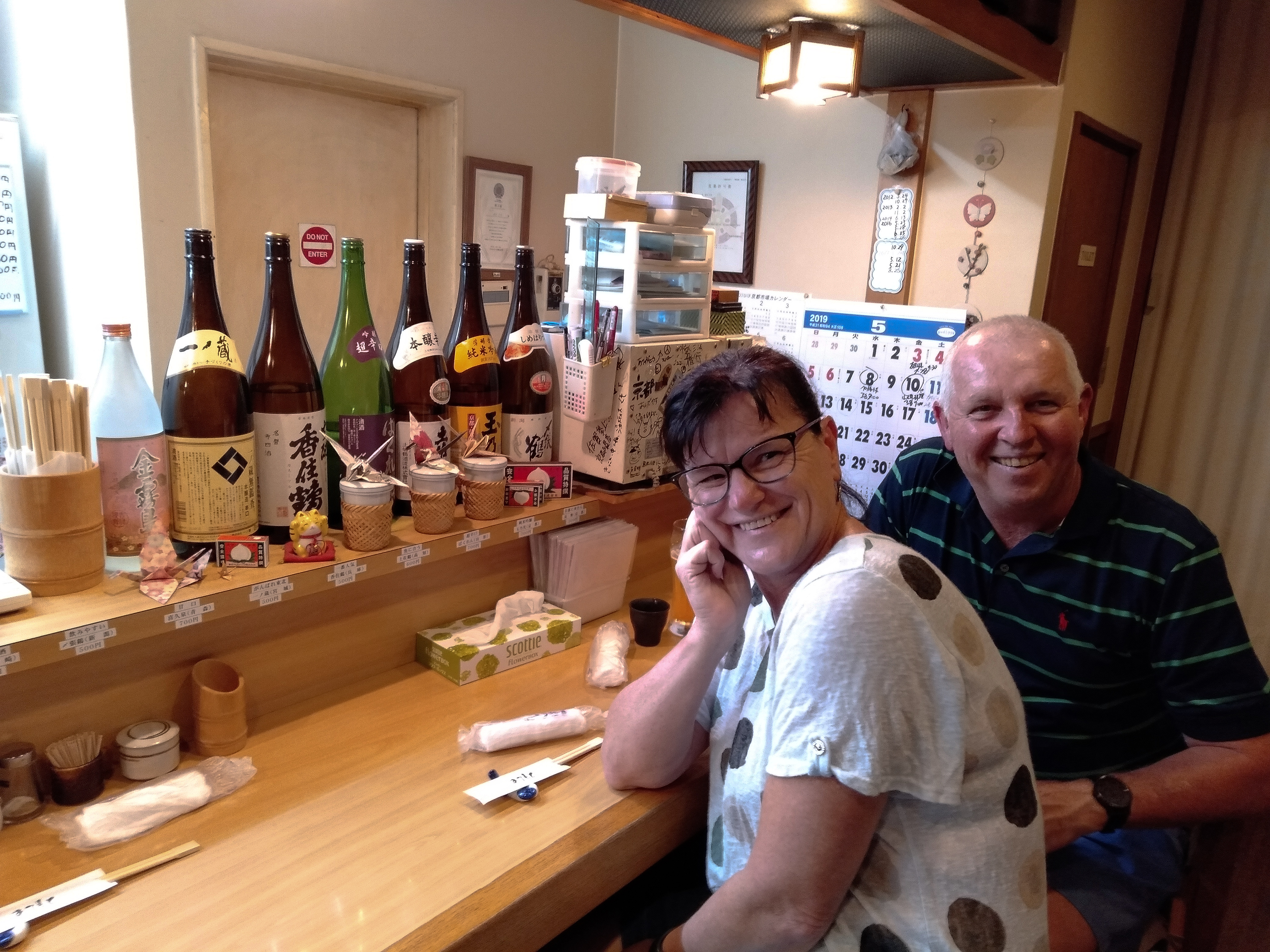


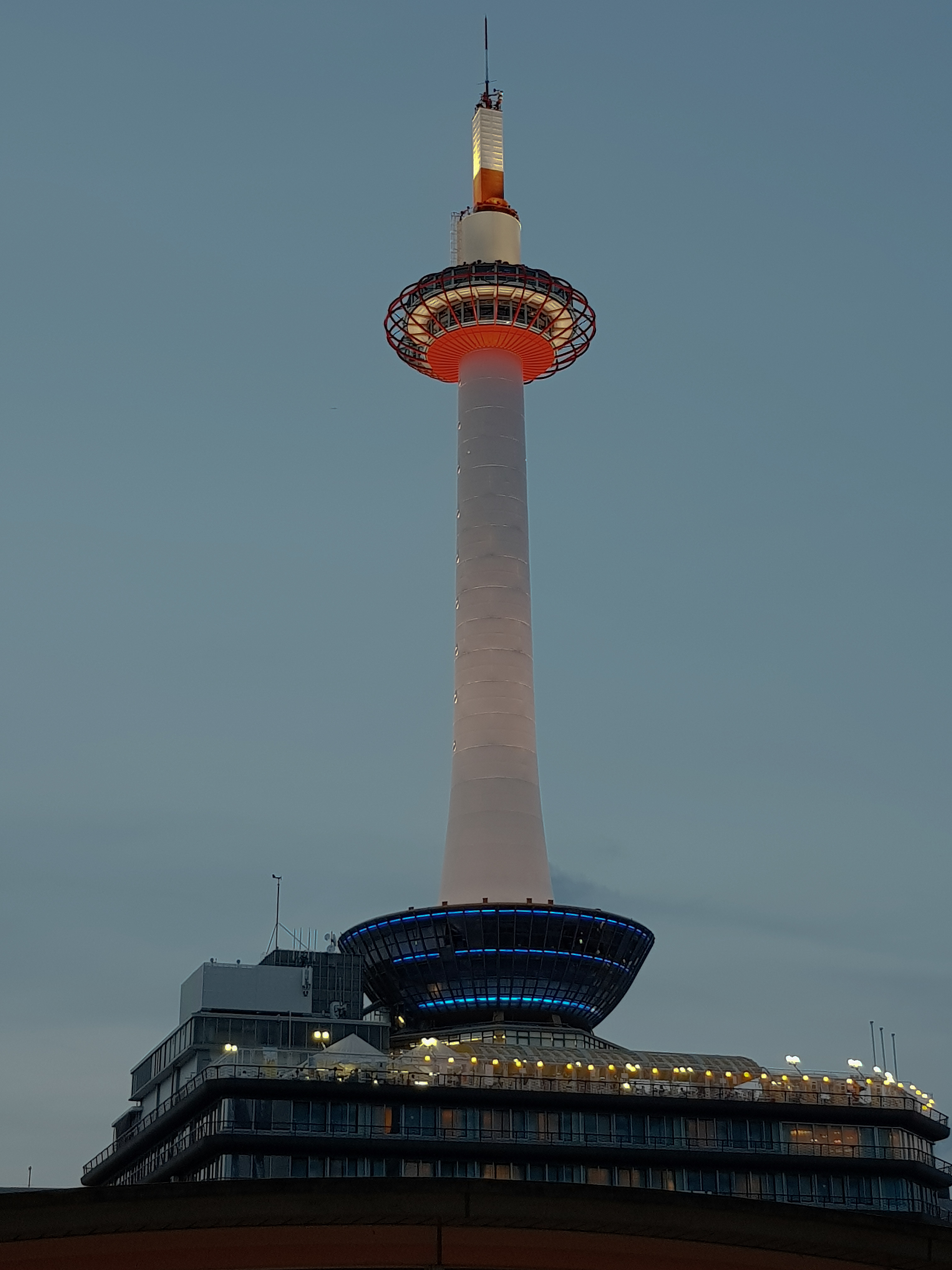


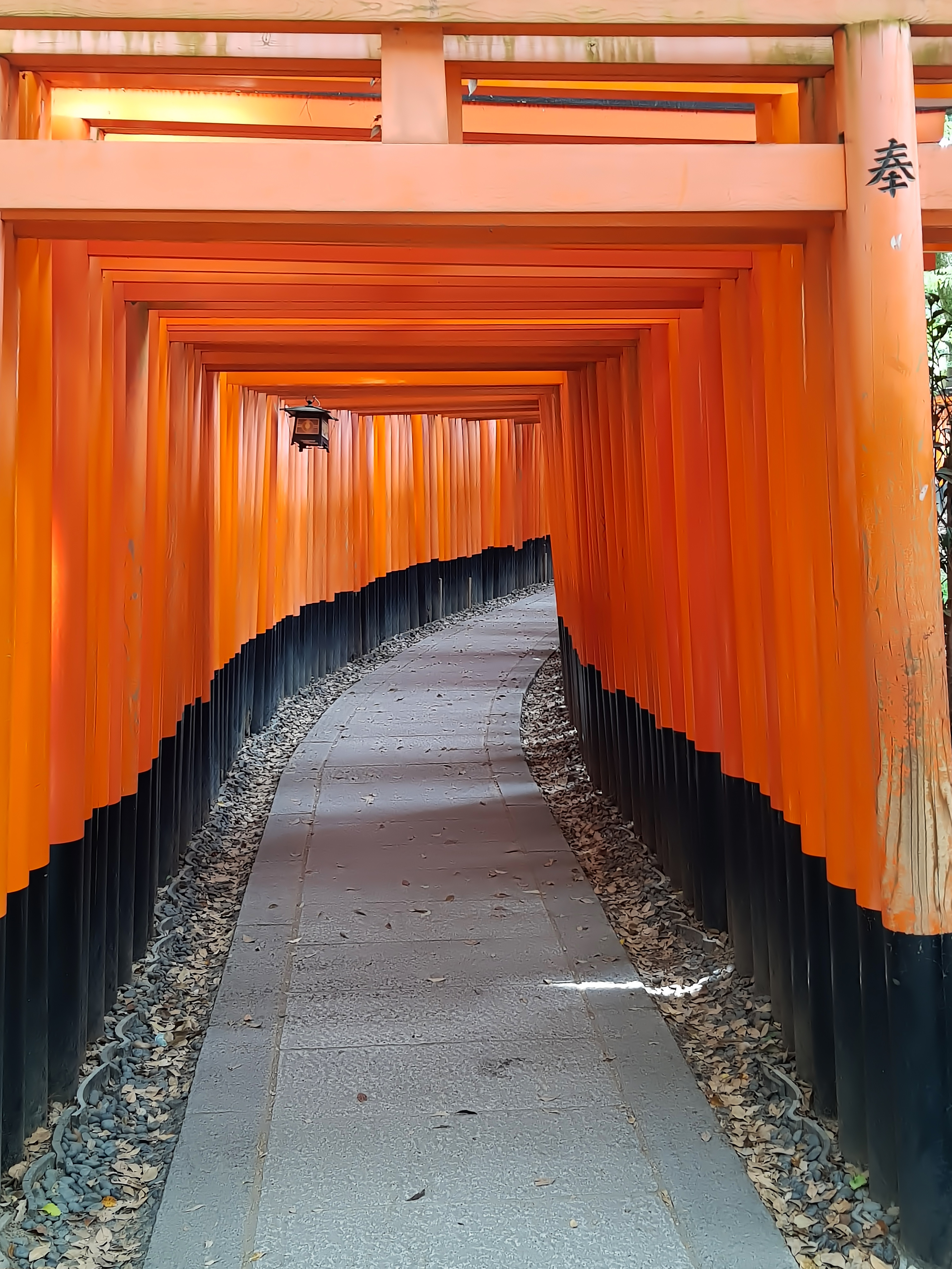



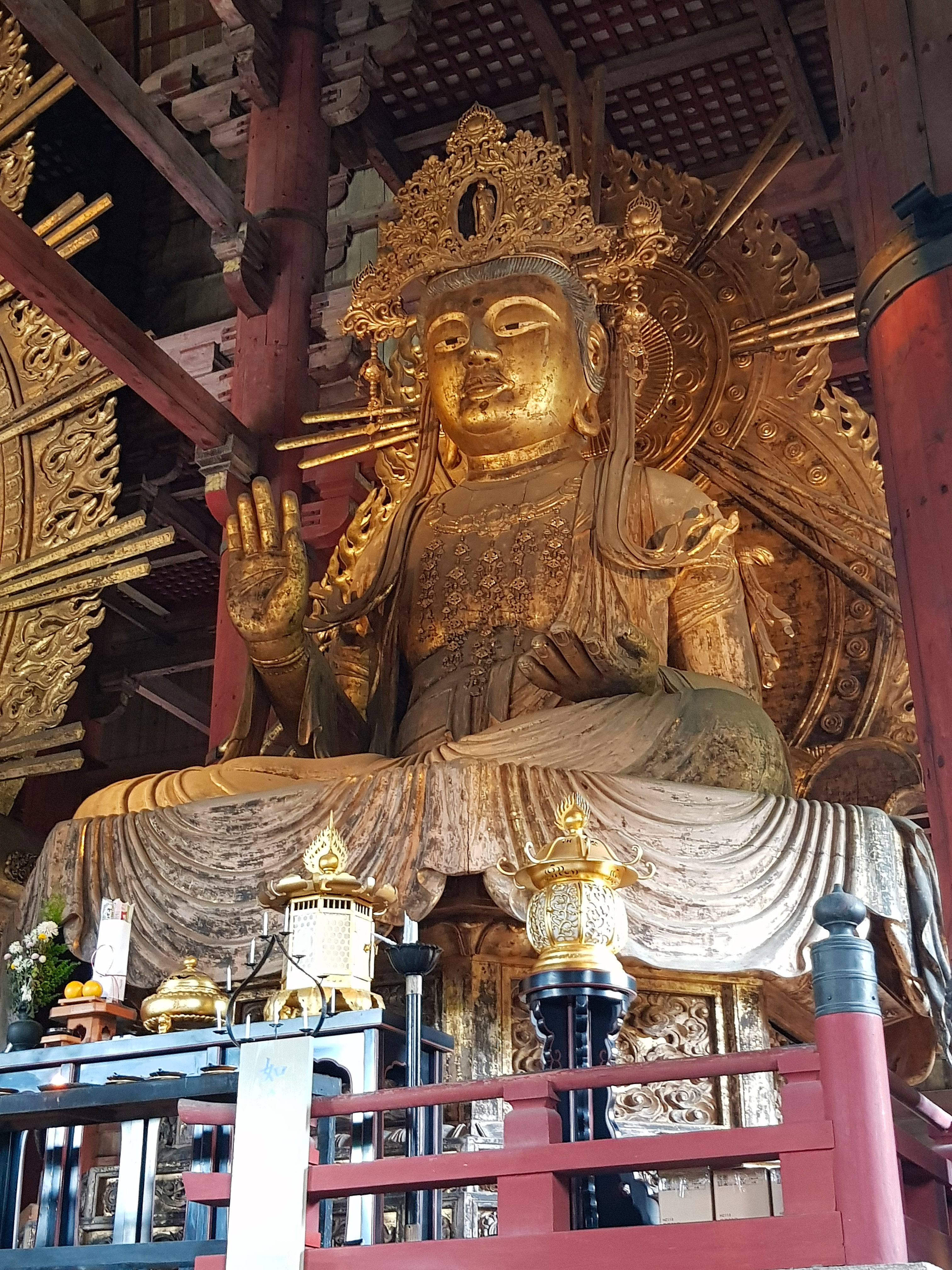

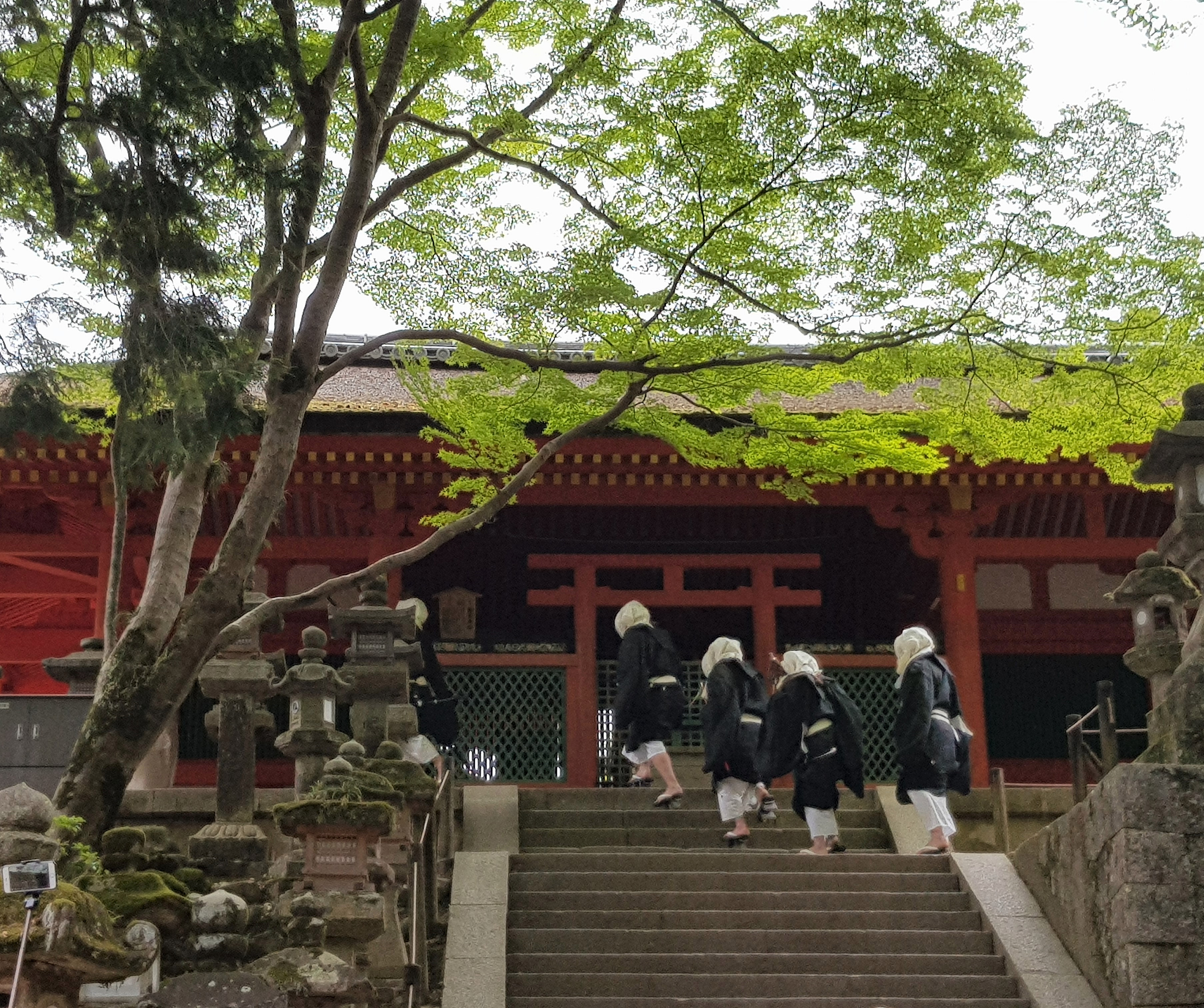

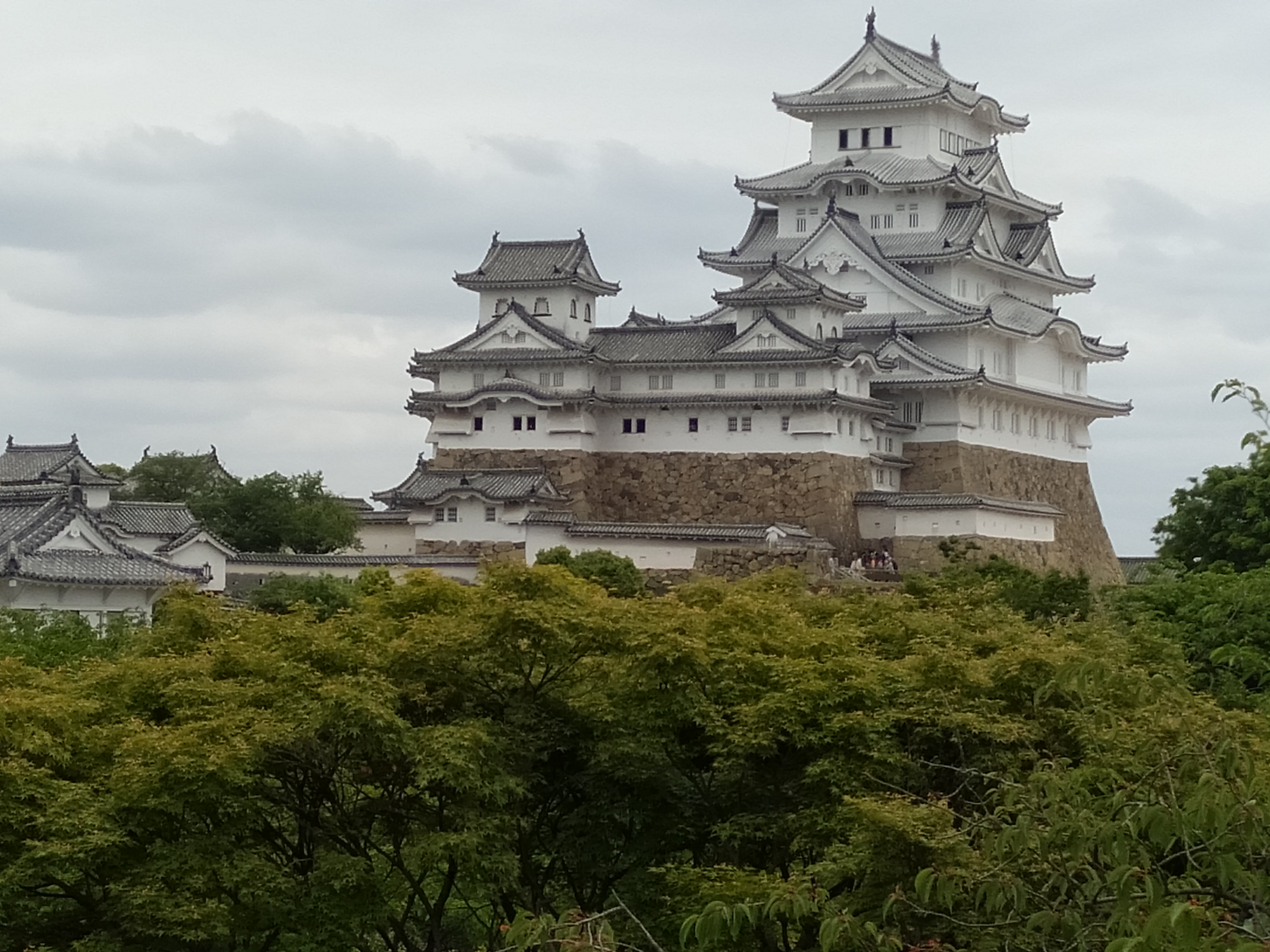



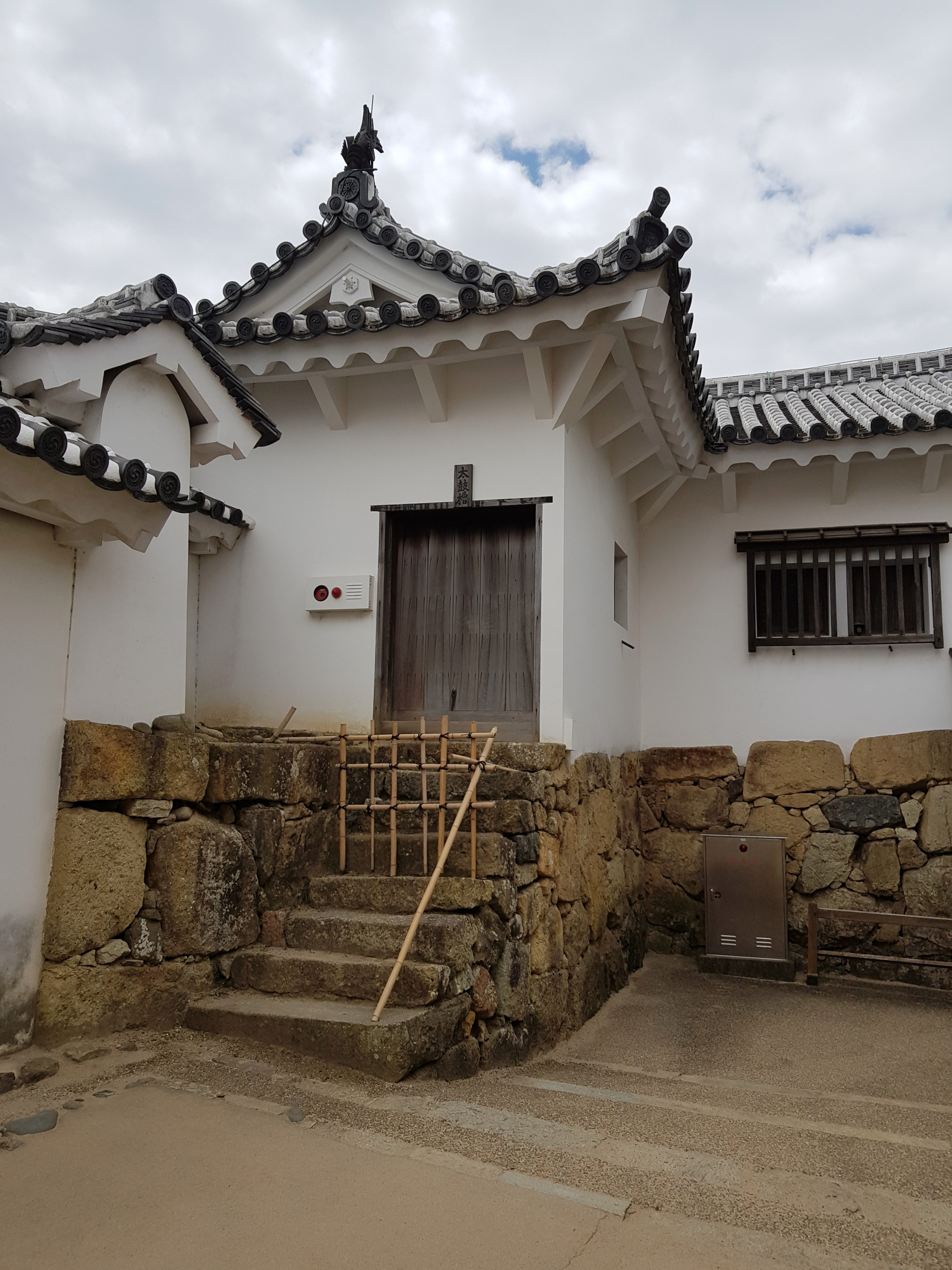





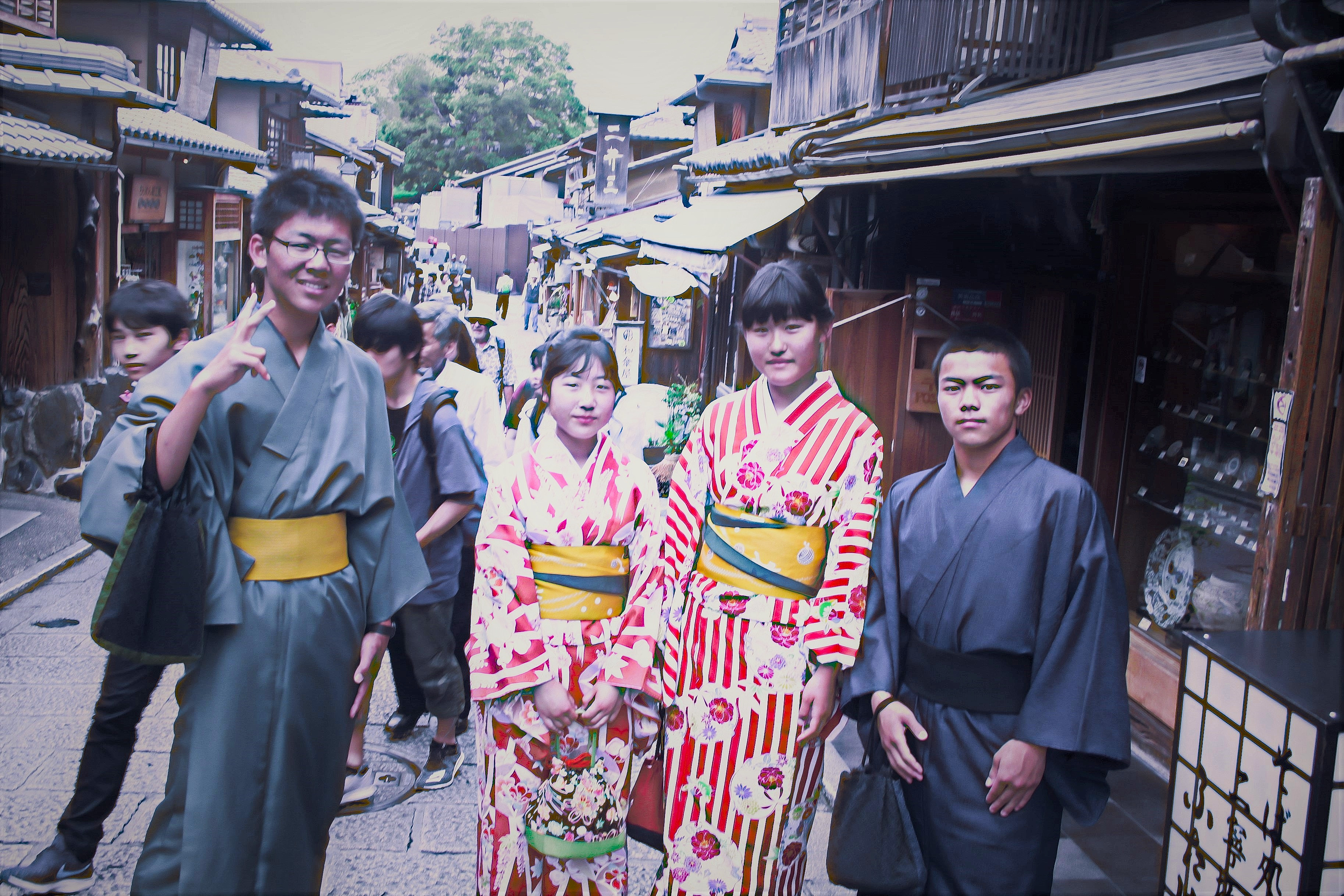
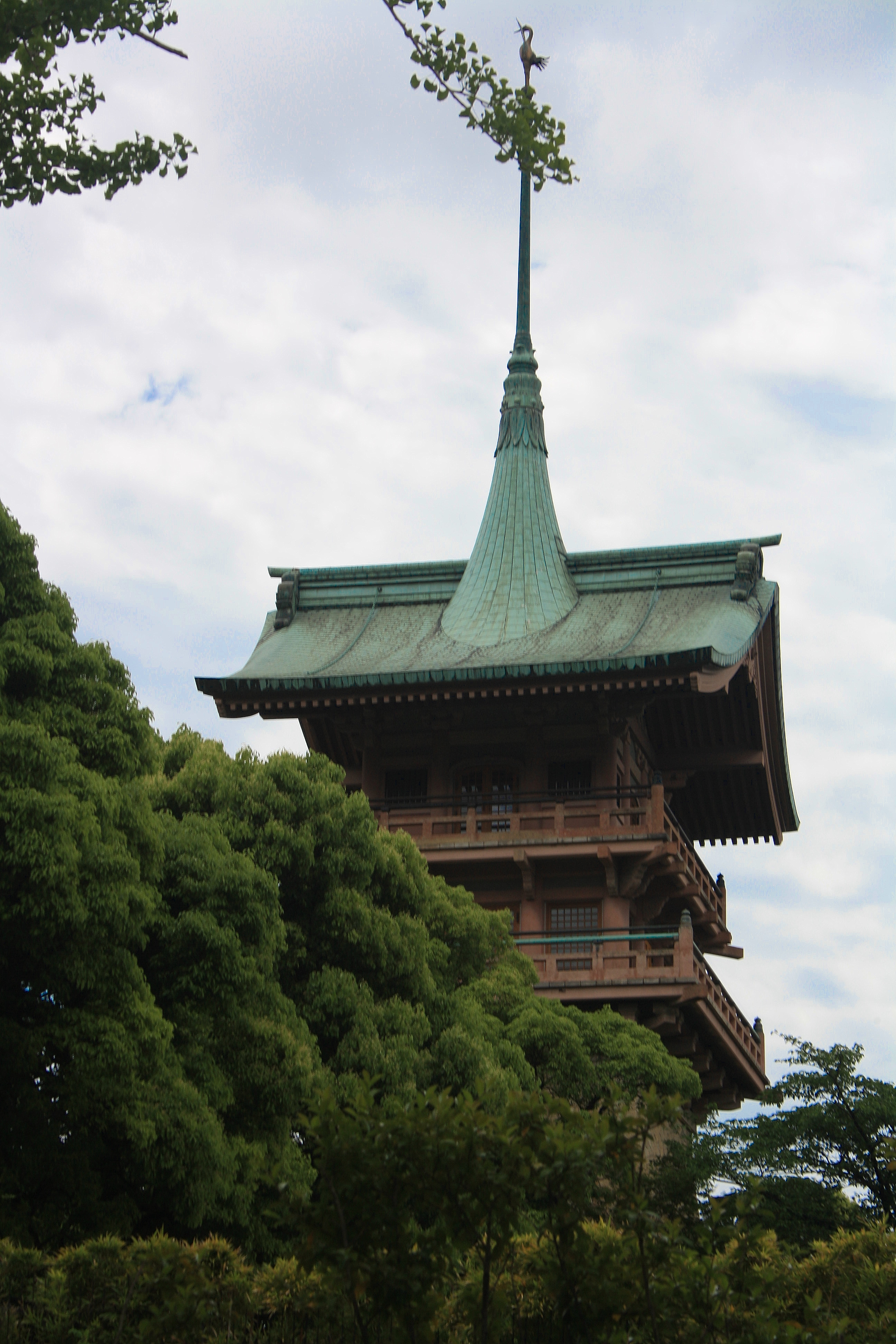








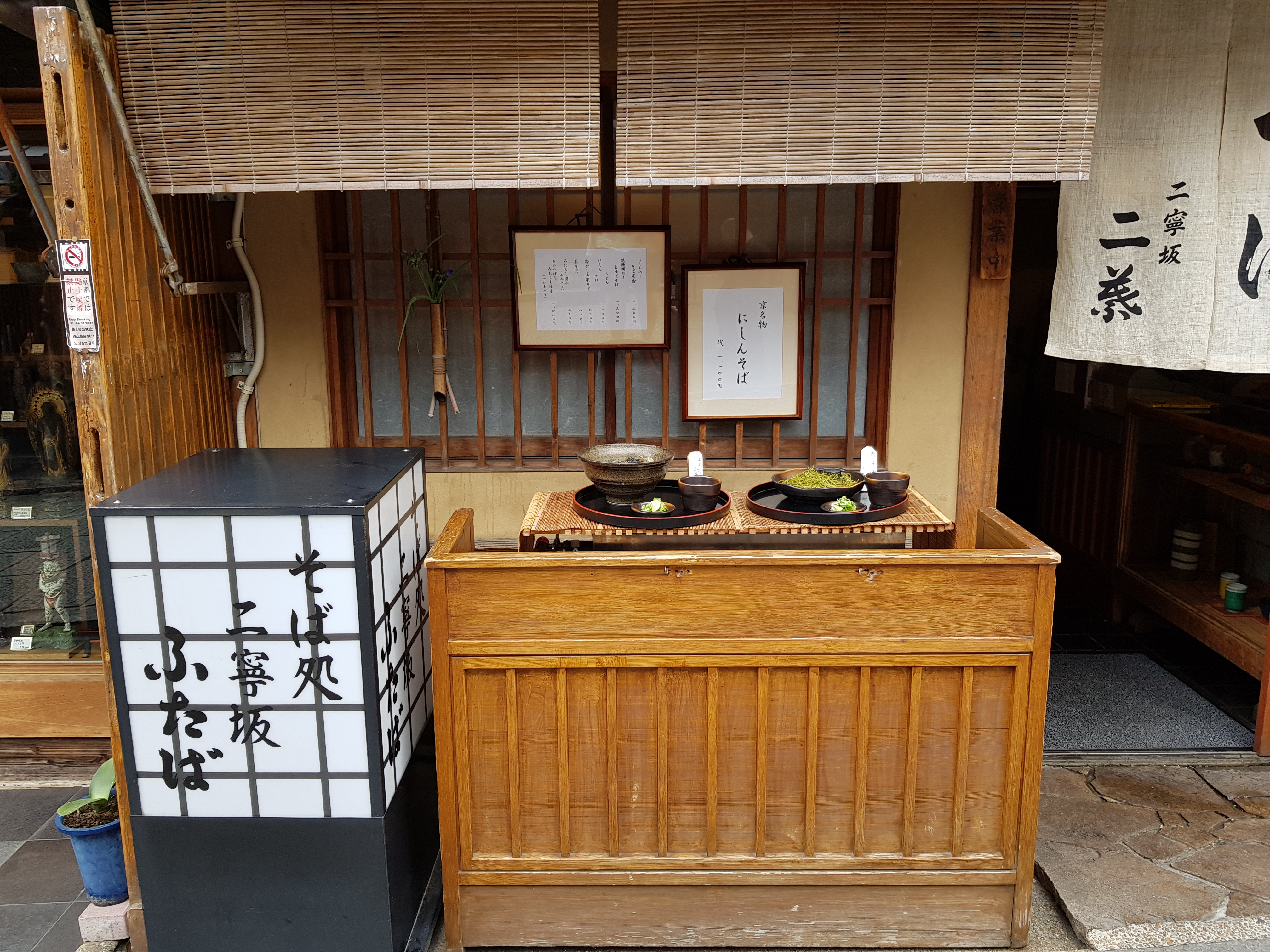


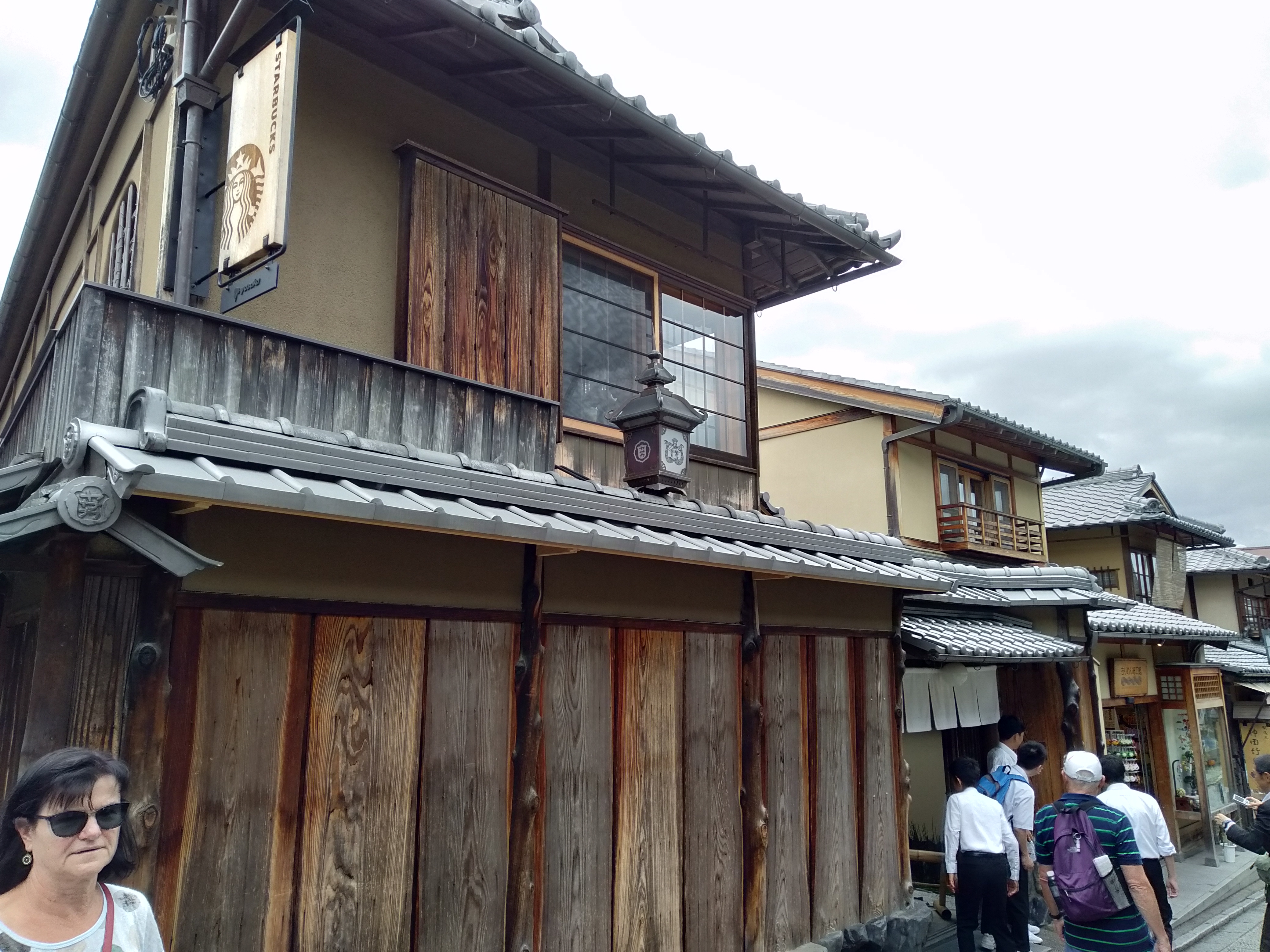






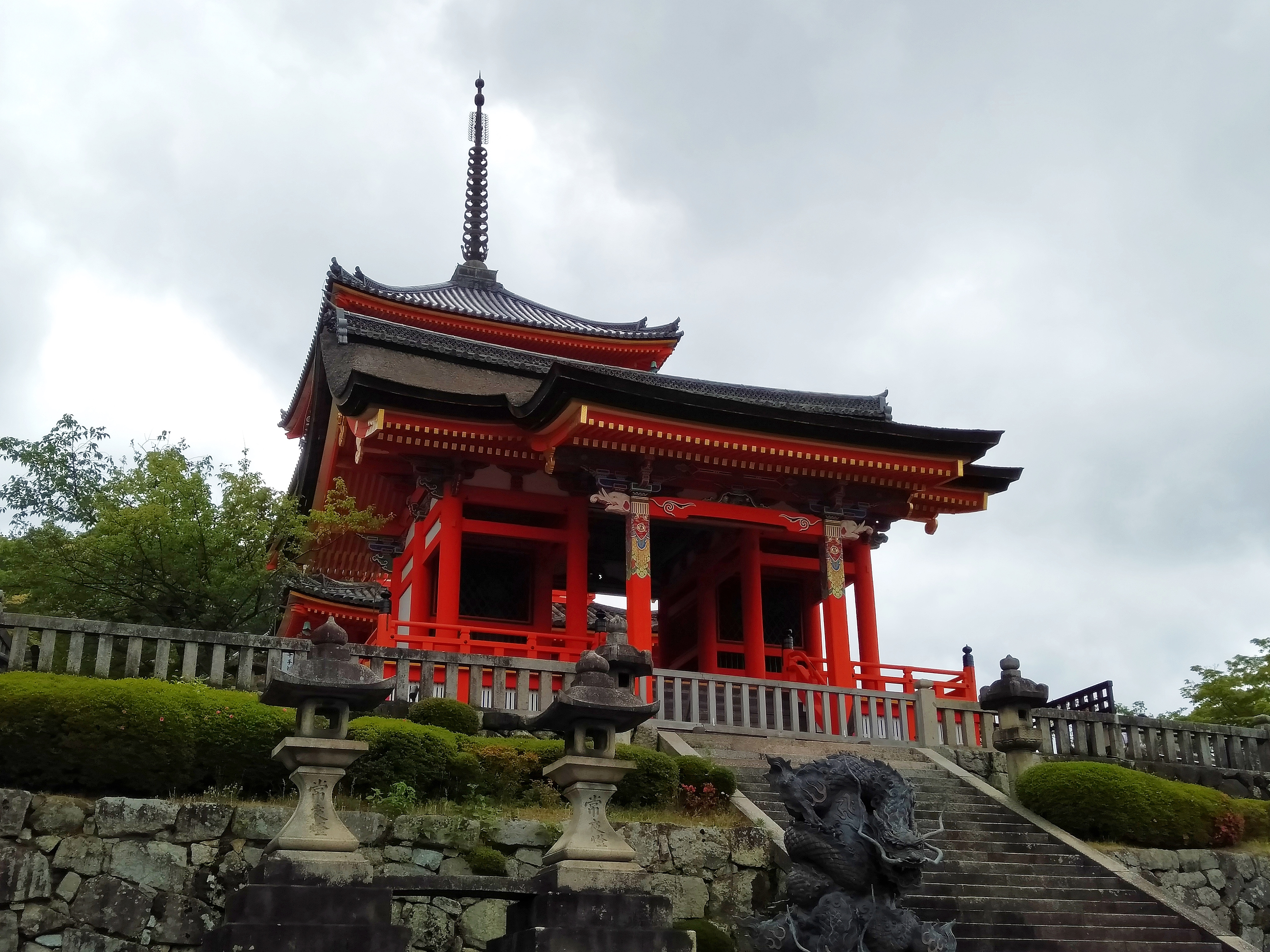

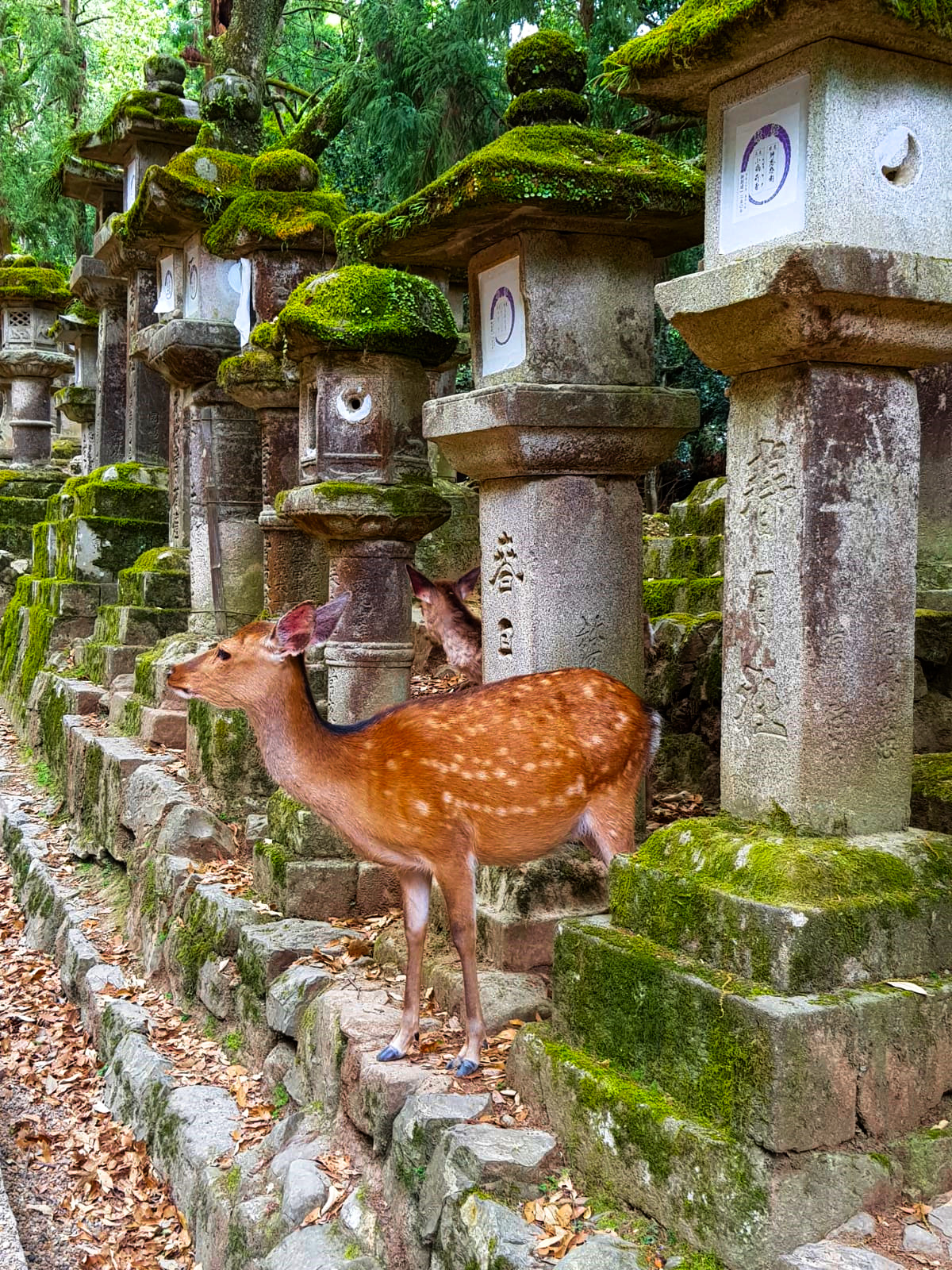
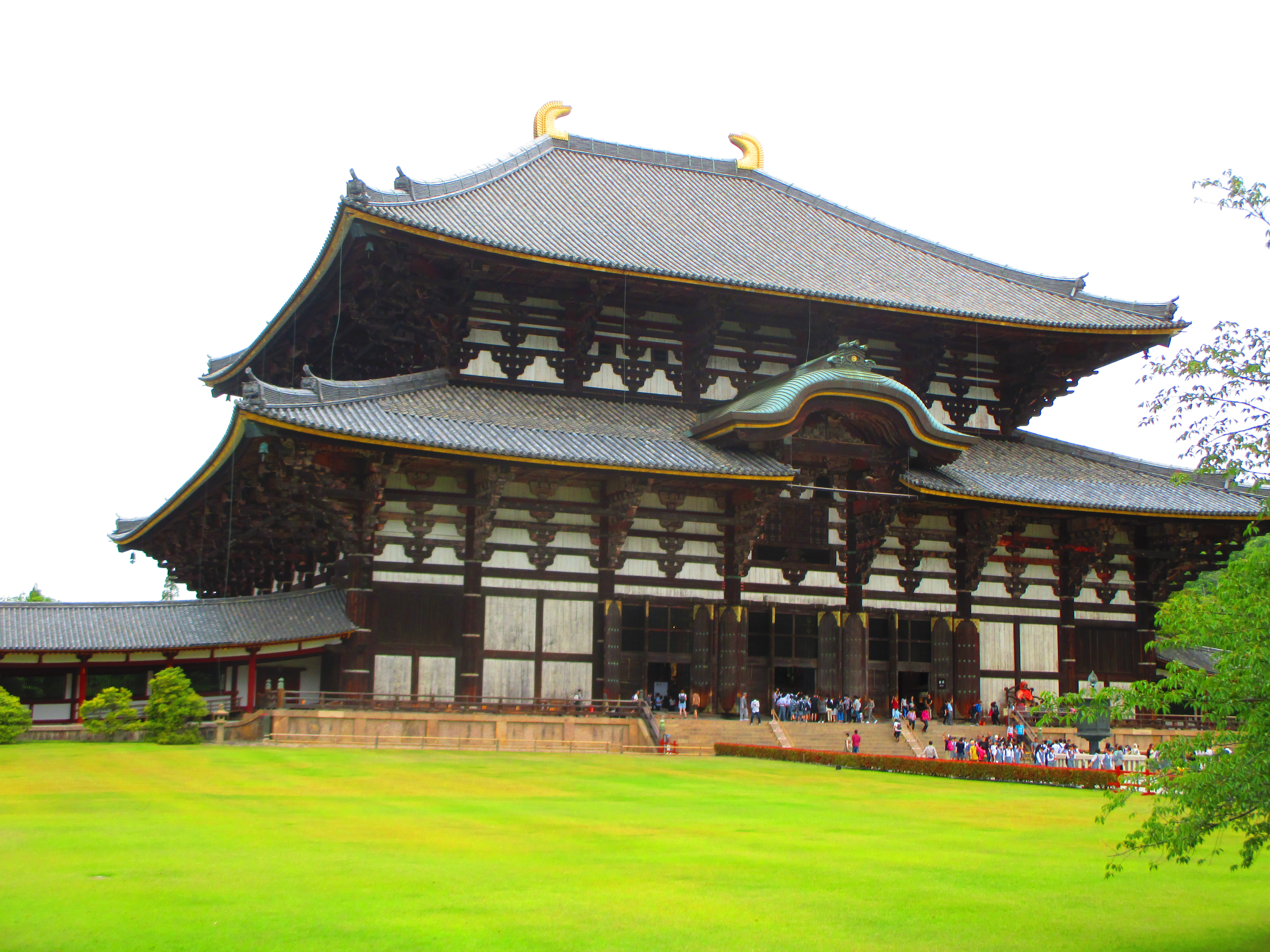



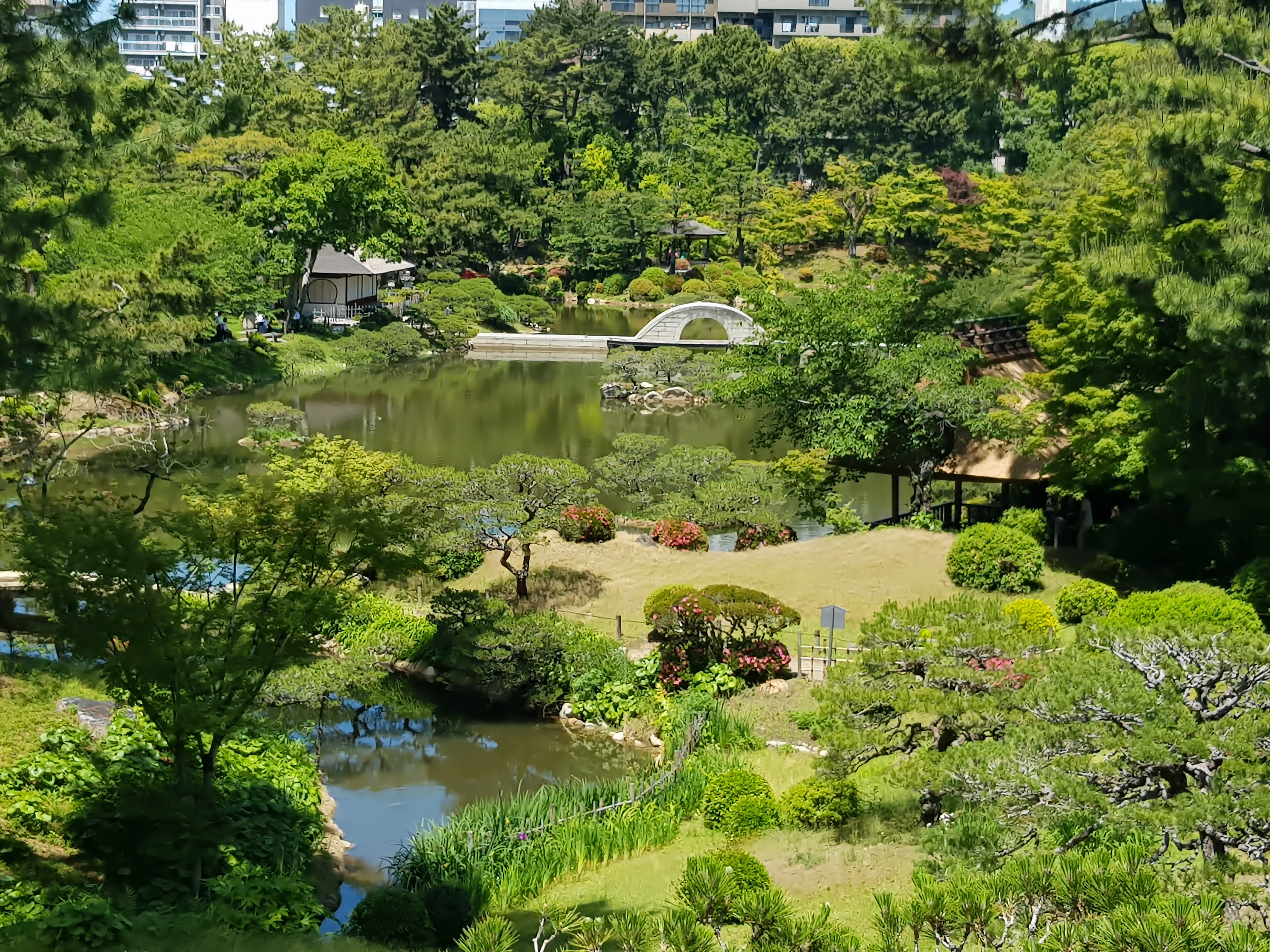
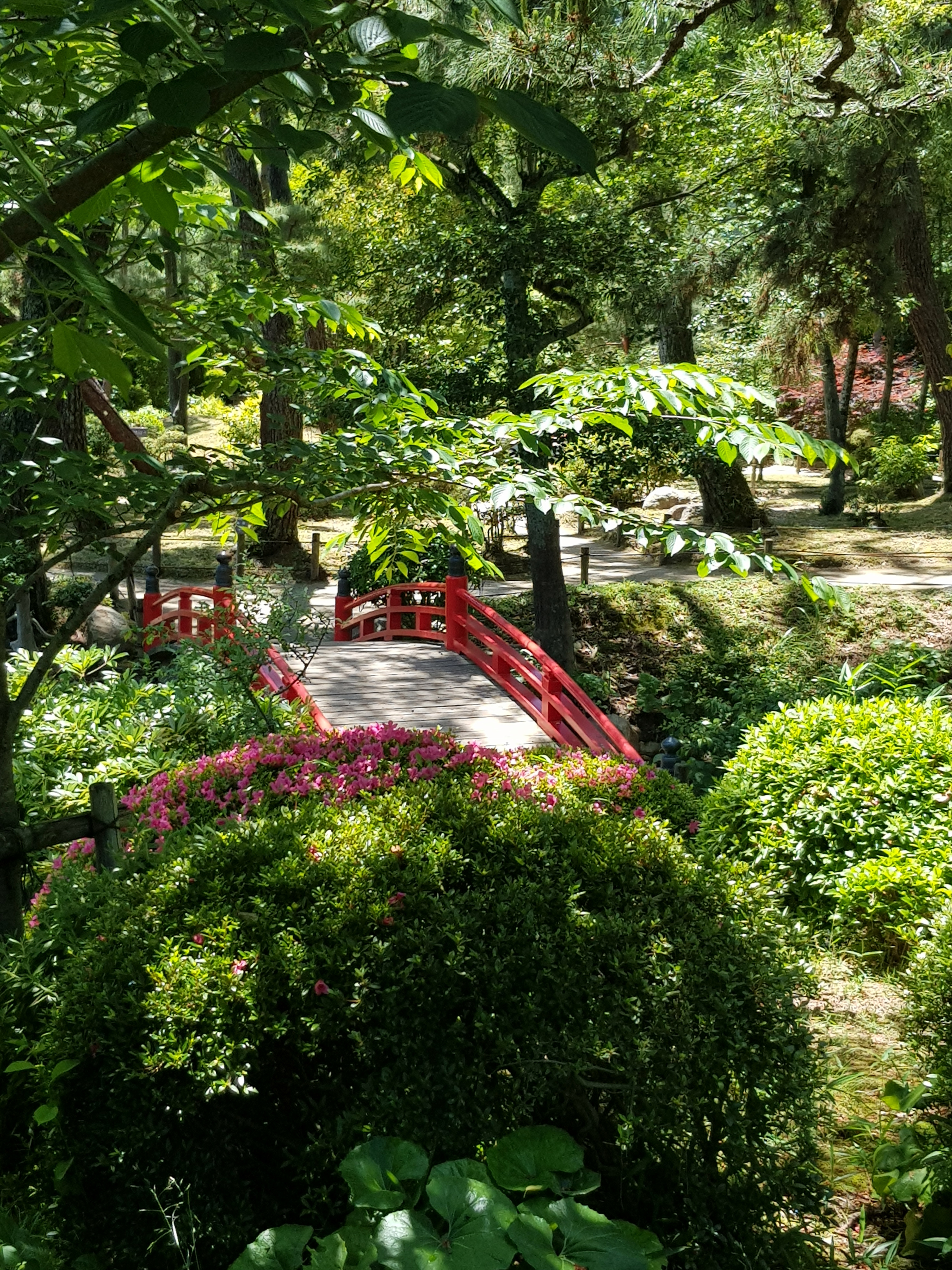

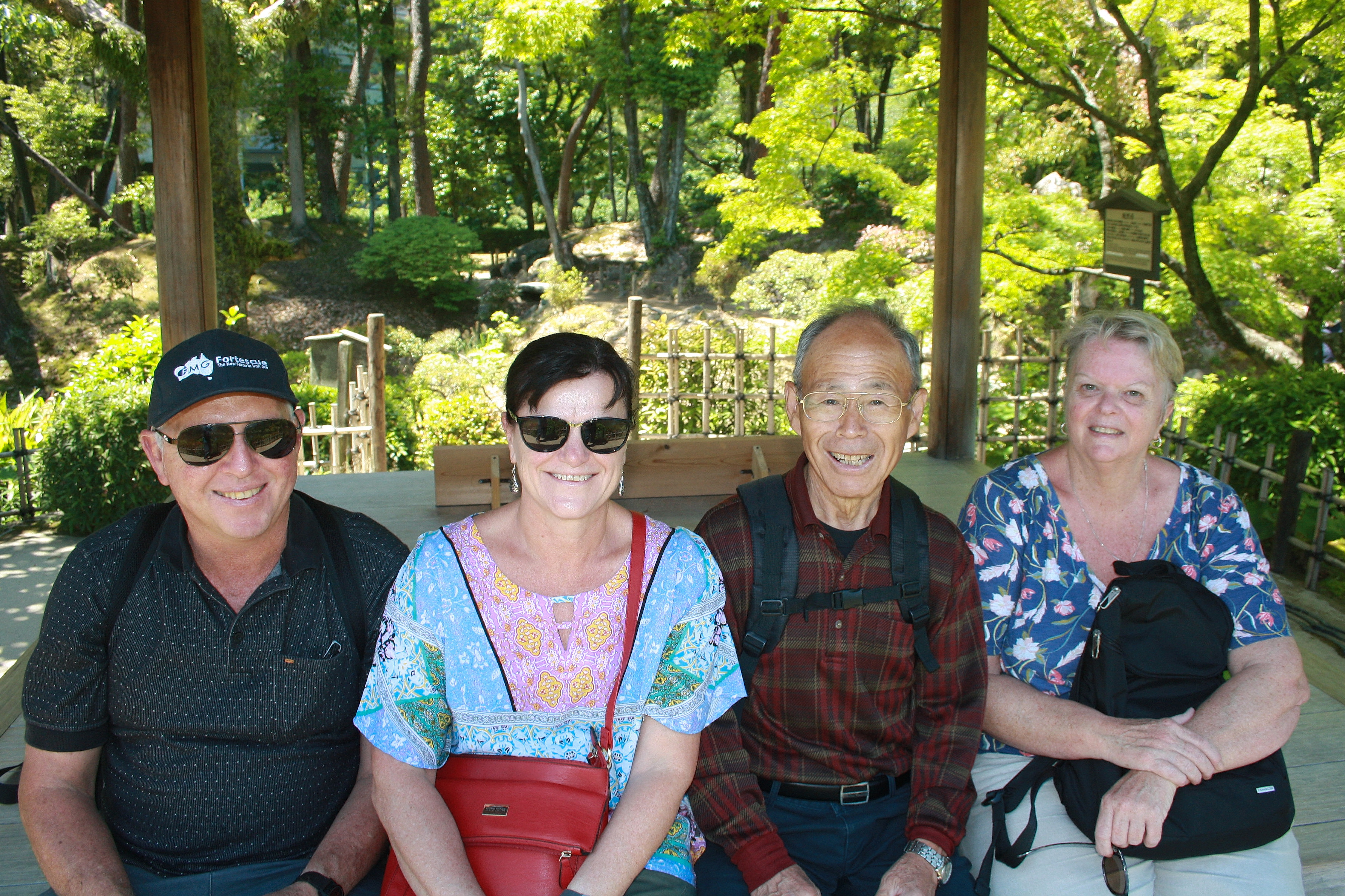

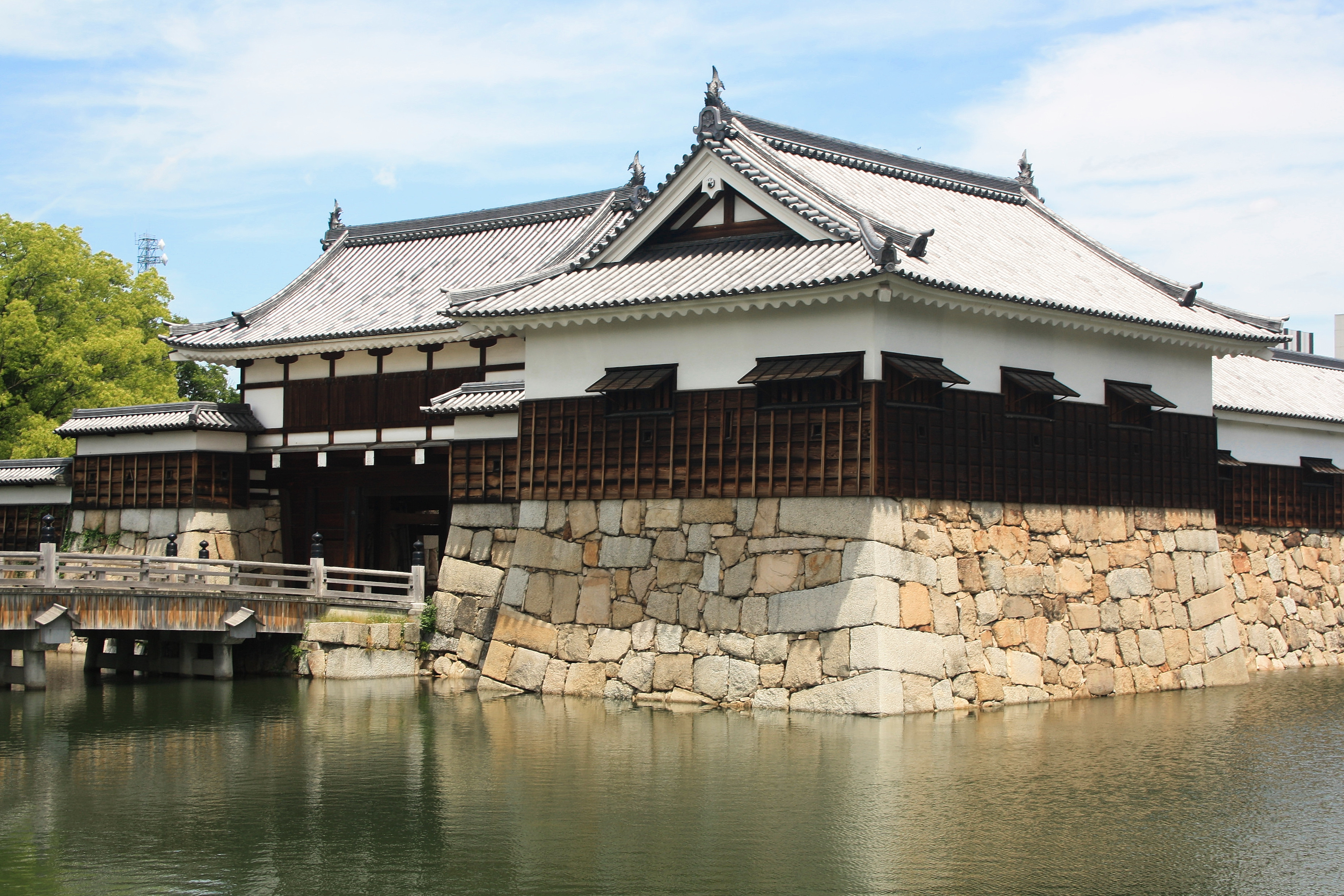


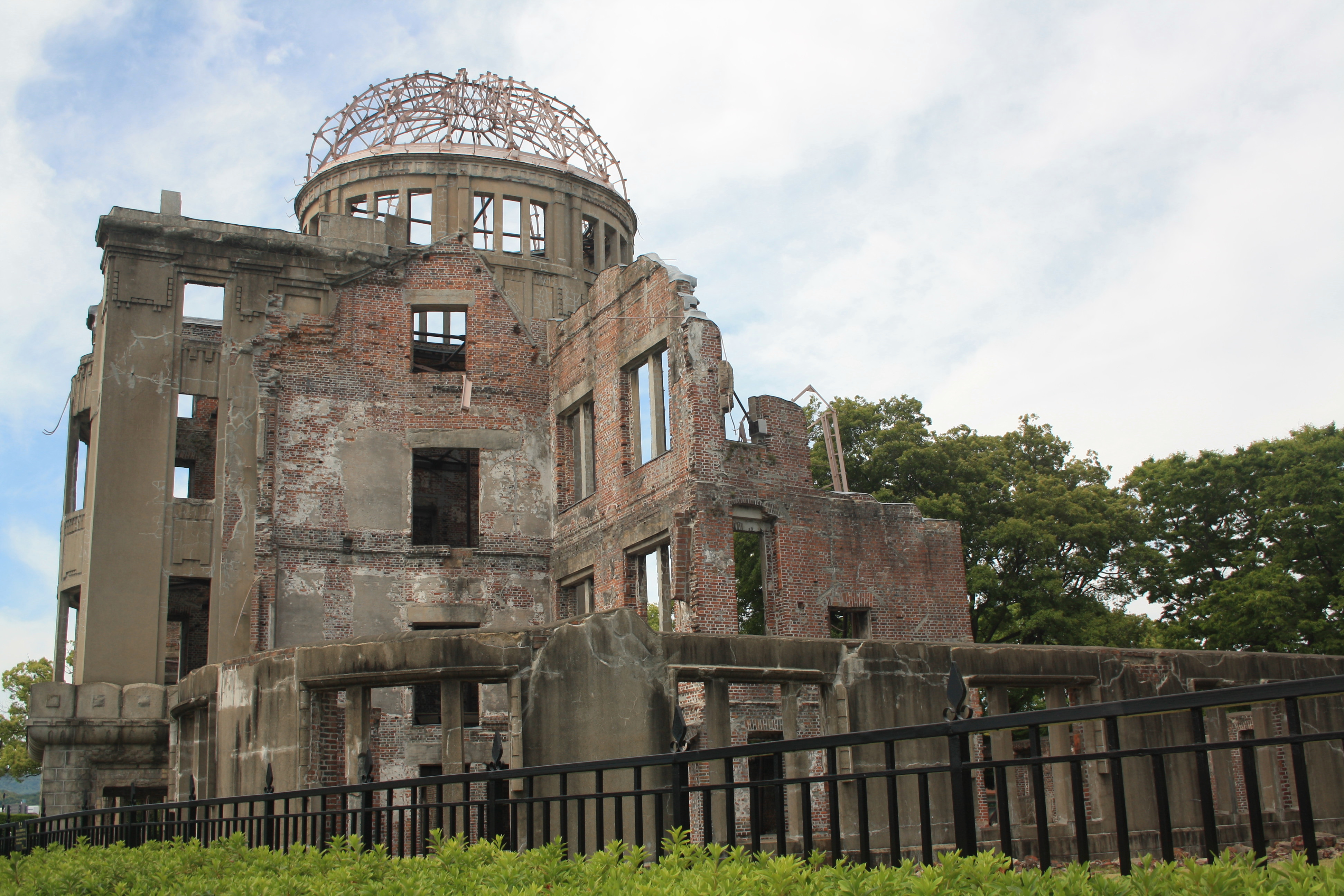


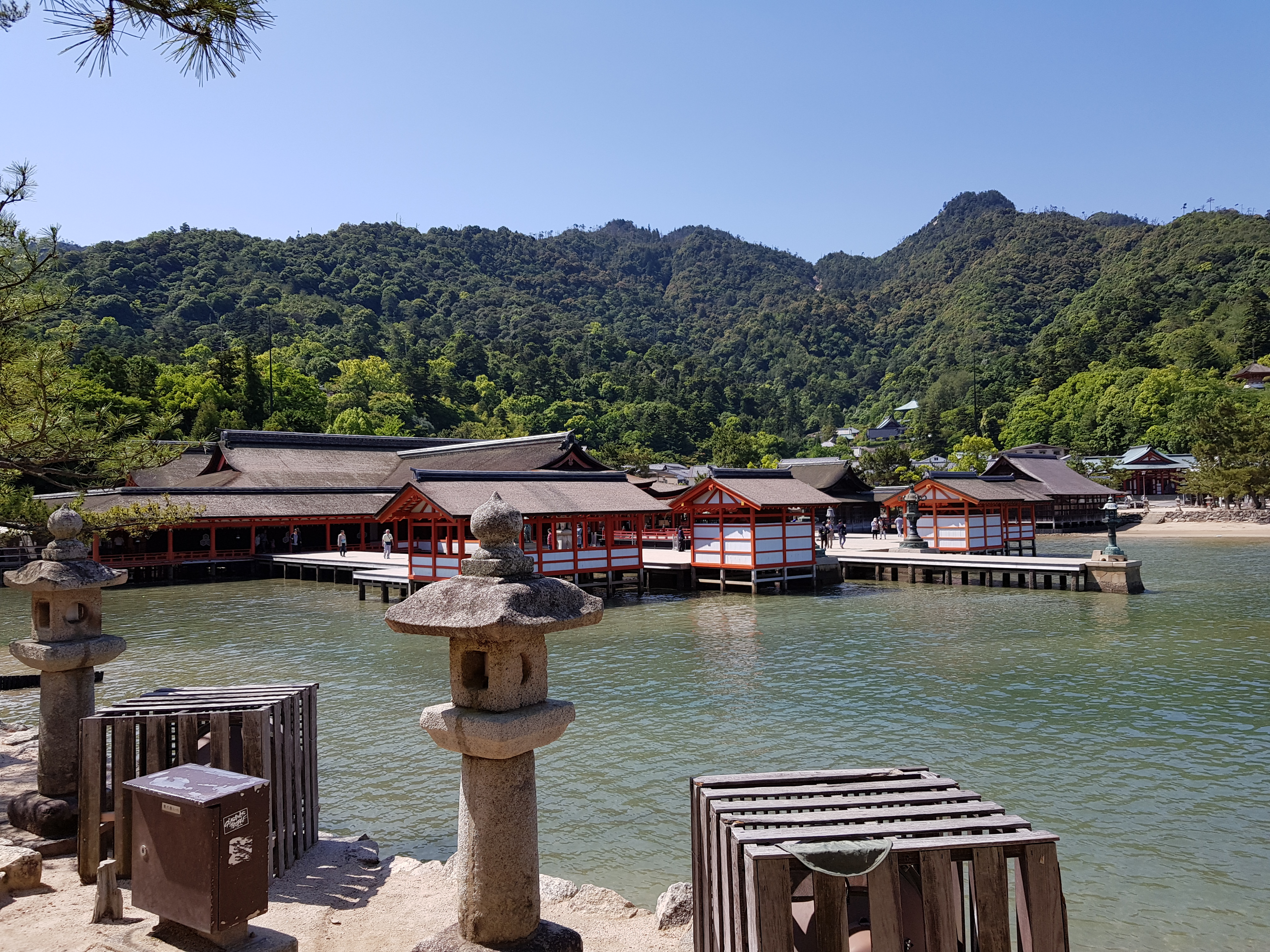






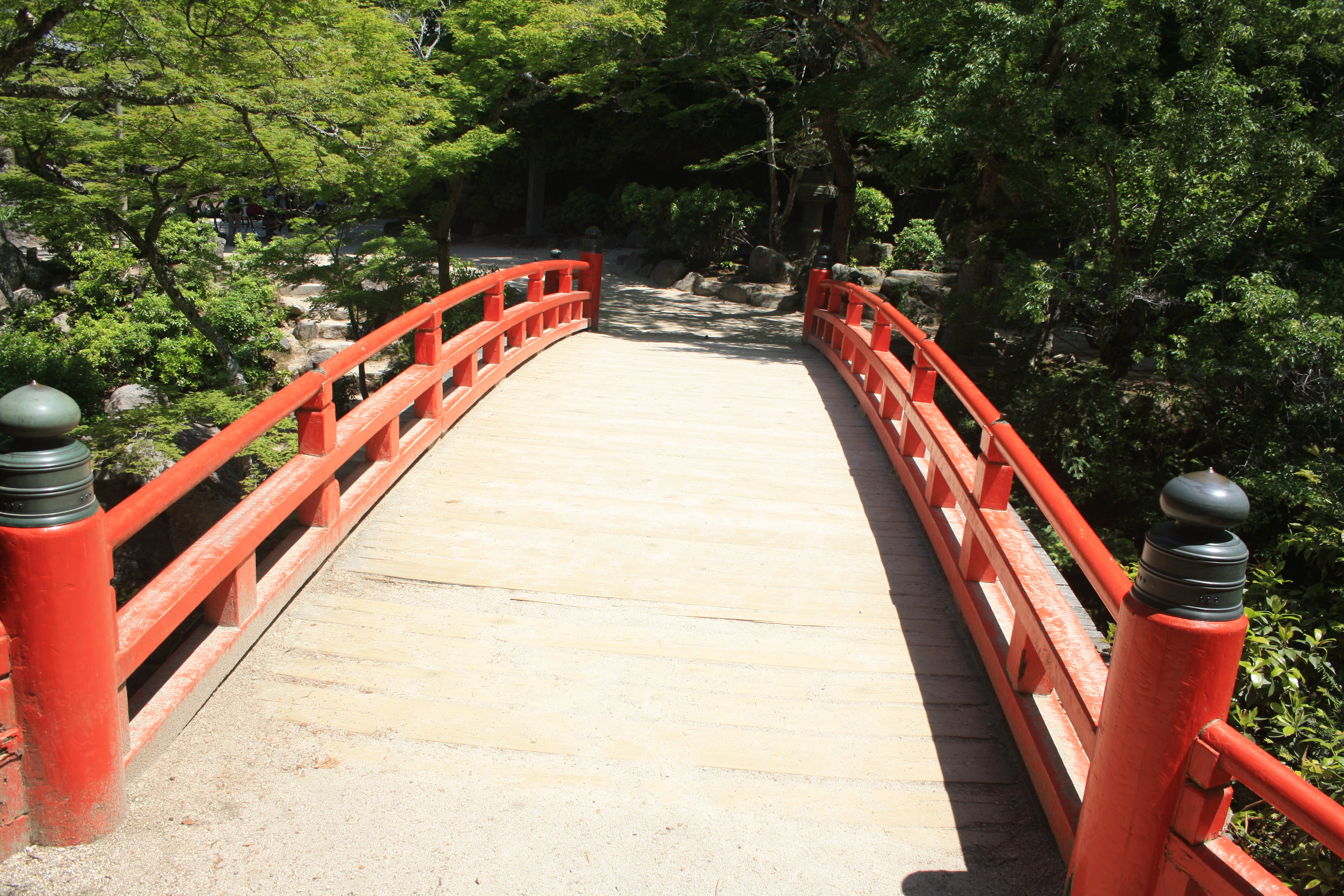







 Another large metropolis that was once the capital of Japan and our base from which to explore historic temples and gardens.
Apart from such monuments a good discovery was Izakaya, a tiny, back street restaurant of 6 stools lined along a counter wherein
we indulged in raw fish, sake and Asahi. A genuine local eatery where no English was spoken nor was needed. I really wanted
to try a place like this during our only visit ever to Japan and this fitted the bill.
Another large metropolis that was once the capital of Japan and our base from which to explore historic temples and gardens.
Apart from such monuments a good discovery was Izakaya, a tiny, back street restaurant of 6 stools lined along a counter wherein
we indulged in raw fish, sake and Asahi. A genuine local eatery where no English was spoken nor was needed. I really wanted
to try a place like this during our only visit ever to Japan and this fitted the bill.

 ,
, ,
, ,
, ,
, ,
, ,
, ,
, ,
, ,
, ,
, ,
, ,
, ,
, ,
, ,
, ,
, ,
, ,
,